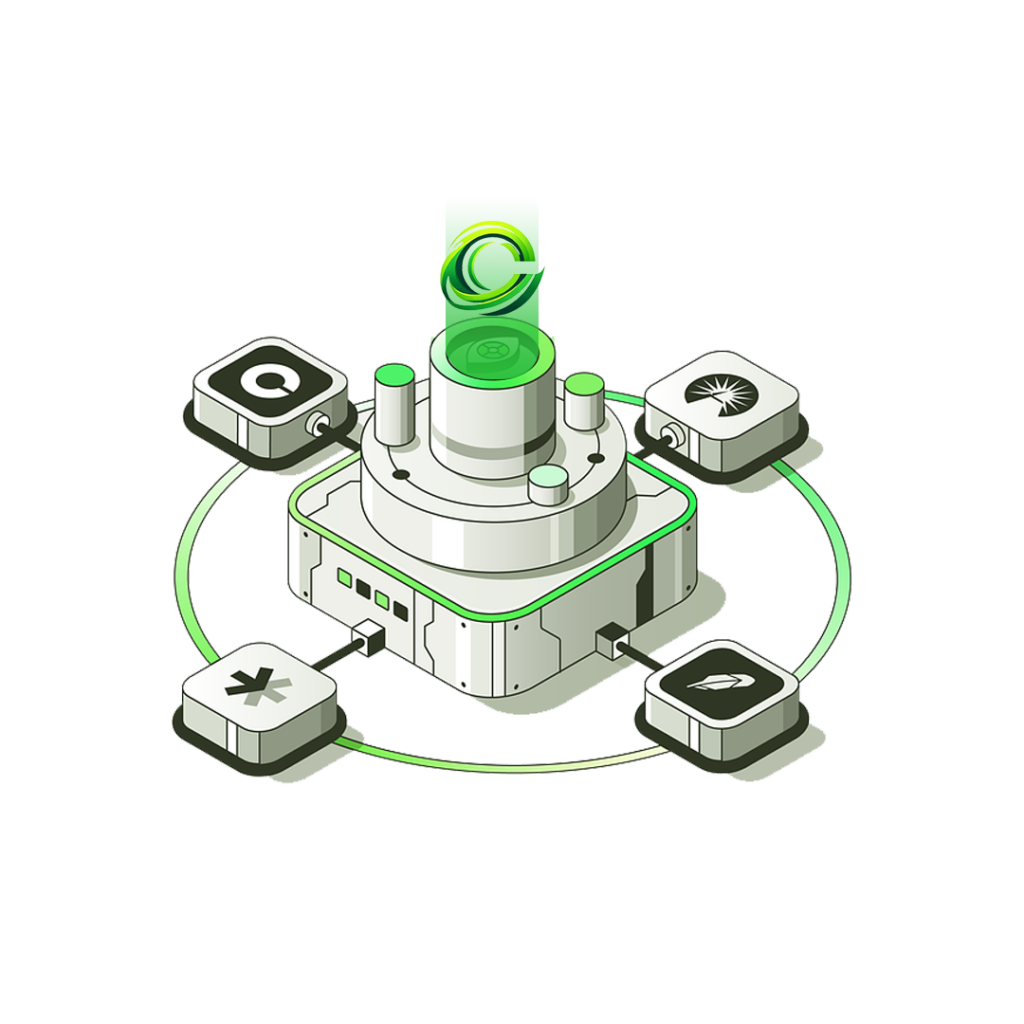Proof of Authority (PoA) Technology_
Clify Protocol adopts Proof of Authority (PoA) technology to enhance security and efficiency in its consensus process.

Supported by Amazing Partners





Introduction Clify Protocol
Clify Protocol adopts Proof of Authority (PoA) technology to enhance security and efficiency in its consensus process. With PoA, trust is placed in a select group of authorities responsible for validating blocks and transactions.
This allows Clify Protocol to achieve high performance levels and offer a more environmentally friendly solution, while maintaining the necessary security in the blockchain environment.
Pioneers the PoA Revolution
Explore the groundbreaking features of Clify Protocol in our latest feature article. From the innovative Proof of Authority (PoA) consensus ensuring secure and efficient transactions to enhanced security measures and low transaction costs,
Proof of Authority
Explain how PoA enhances security by relying on trusted authorities to validate transactions.
Enhanced Security
Highlight any additional security layers or measures implemented to safeguard the protocol.
Scalability
Discuss how Clify Protocol can handle a growing number of transactions without compromising performance.
Clify Protocol Roadmaps
Phase 1
Website development
Sosial media
Token launching
Phase 2
Testnet development
Dex development
Staking
Phase 3
Mainnet
Wallet
Launchpad

Clify Protocol adopts Proof of Authority (PoA) technology to enhance security and efficiency in its consensus process.
Resources
Copyright © 2023 Clify Protocol
